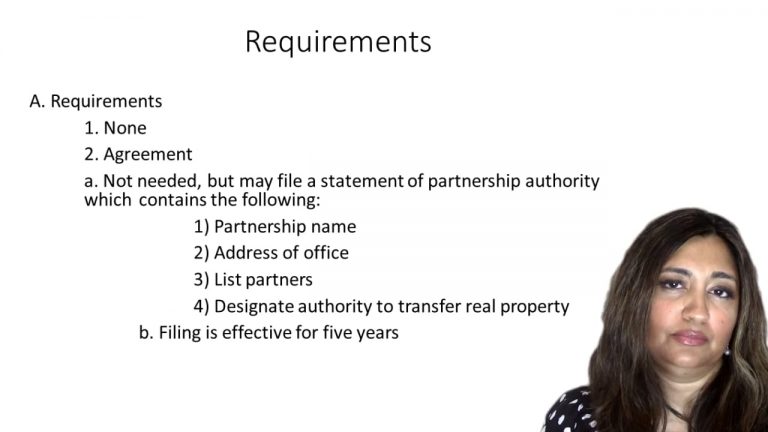SmartBrief
Confirm favorite deletion?
Business Associations Keyed to Bainbridge
Jordan v. Duff and Phelps, Inc.
Citation:
485 U.S> 901 (1988)Facts
Duff and Phelps, Inc., evaluates the risk and worth of firms and their securities. Jordan started work at Duff & Phelps in May 1977. In 1981 the firm offered Jordan the opportunity to buy some stock. By November 1983, Jordan had purchased 188 of the 20,100 shares outstanding. Forty people other than Jordan held stock in Duff & Phelps. On November, 1983, Jordan told Hansen that he was going to resign and accept employment with Underwood. Jordan did not ask Hansen about potential mergers. Throughout 1985 Duff & Phelps continued looking for a partner; finding none, it decided to dance with itself. The firm’s management formed an “Employee Stock Ownership Trust.” The Trust acquired Duff & Phelps through a new firm, Duff Research, Inc. The employees at the time received cash, notes, and beneficial interest in the Trust. Jordan asserts that the package was worth almost $2,000 per share.
Only StudyBuddy Pro offers the complete Case Brief Anatomy*
Access the most important case brief elements for optimal case understanding.
*Case Brief Anatomy includes: Brief Prologue, Complete Case Brief, Brief Epilogue
- The Brief Prologue provides necessary case brief introductory information and includes:
Topic:
Identifies the topic of law and where this case fits within your course outline.Parties:
Identifies the cast of characters involved in the case.Procedural Posture & History:
Shares the case history with how lower courts have ruled on the matter.Case Key Terms, Acts, Doctrines, etc.:
A case specific Legal Term Dictionary.Case Doctrines, Acts, Statutes, Amendments and Treatises:
Identifies and Defines Legal Authority used in this case.
- The Case Brief is the complete case summarized and authored in the traditional Law School I.R.A.C. format. The Pro case brief includes:
Brief Facts:
A Synopsis of the Facts of the case.Rule of Law:
Identifies the Legal Principle the Court used in deciding the case.Facts:
What are the factual circumstances that gave rise to the civil or criminal case? What is the relationship of the Parties that are involved in the case.Issue(s):
Lists the Questions of Law that are raised by the Facts of the case.Holding:
Shares the Court's answer to the legal questions raised in the issue.Concurring / Dissenting Opinions:
Includes valuable concurring or dissenting opinions and their key points.Reasoning and Analysis:
Identifies the chain of argument(s) which led the judges to rule as they did.
- The Brief Prologue closes the case brief with important forward-looking discussion and includes:
Policy:
Identifies the Policy if any that has been established by the case.Court Direction:
Shares where the Court went from here for this case.
Topic Resources
Topic Outline
Topic Refresher Course
Topic Charts & Notes

 2m 27s
2m 27s